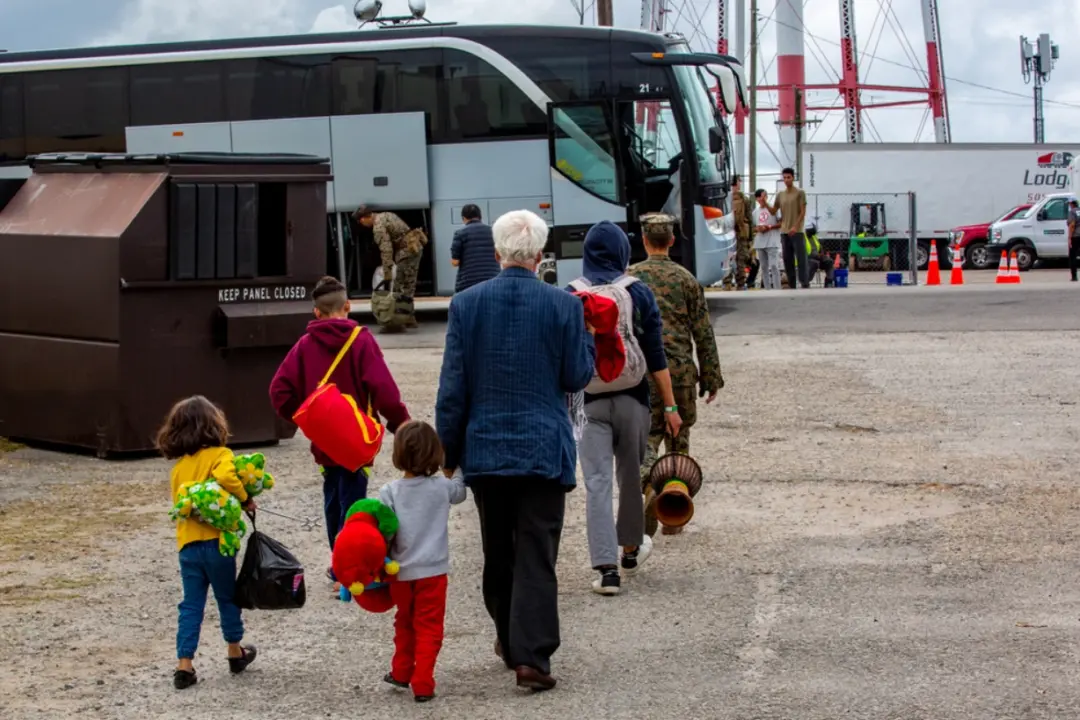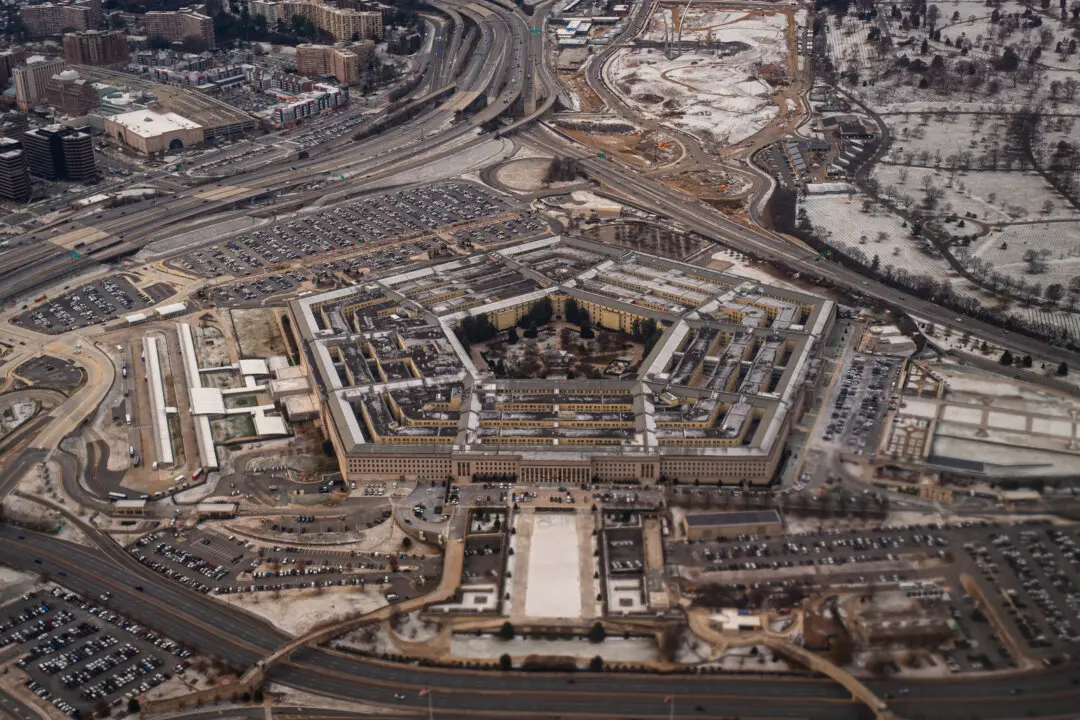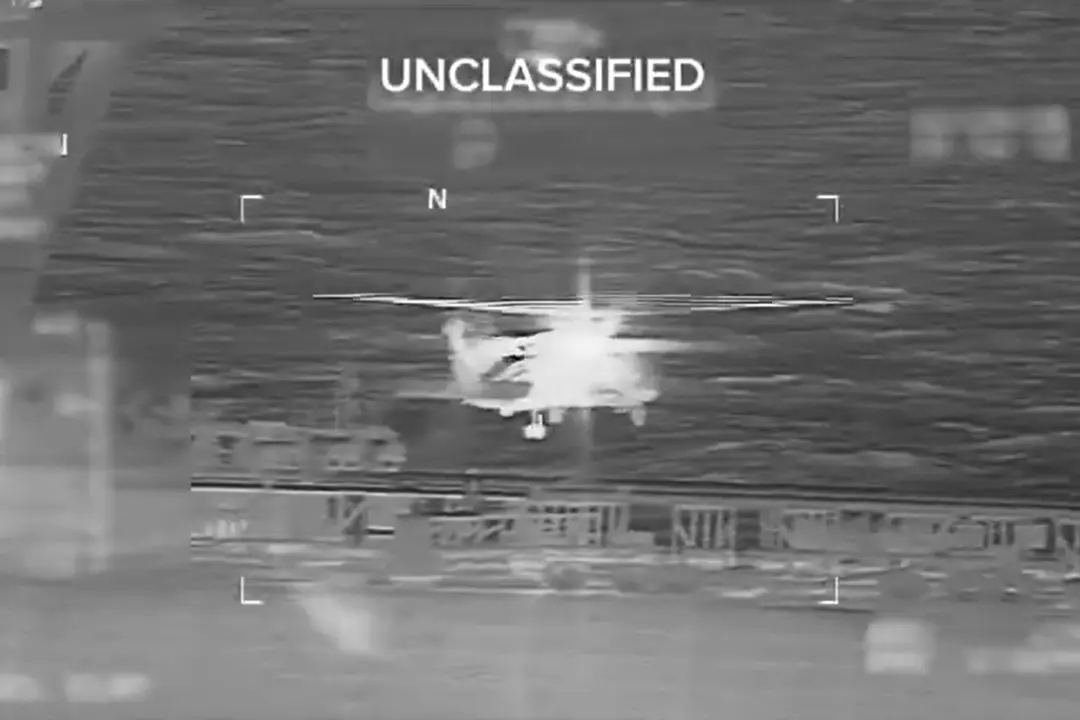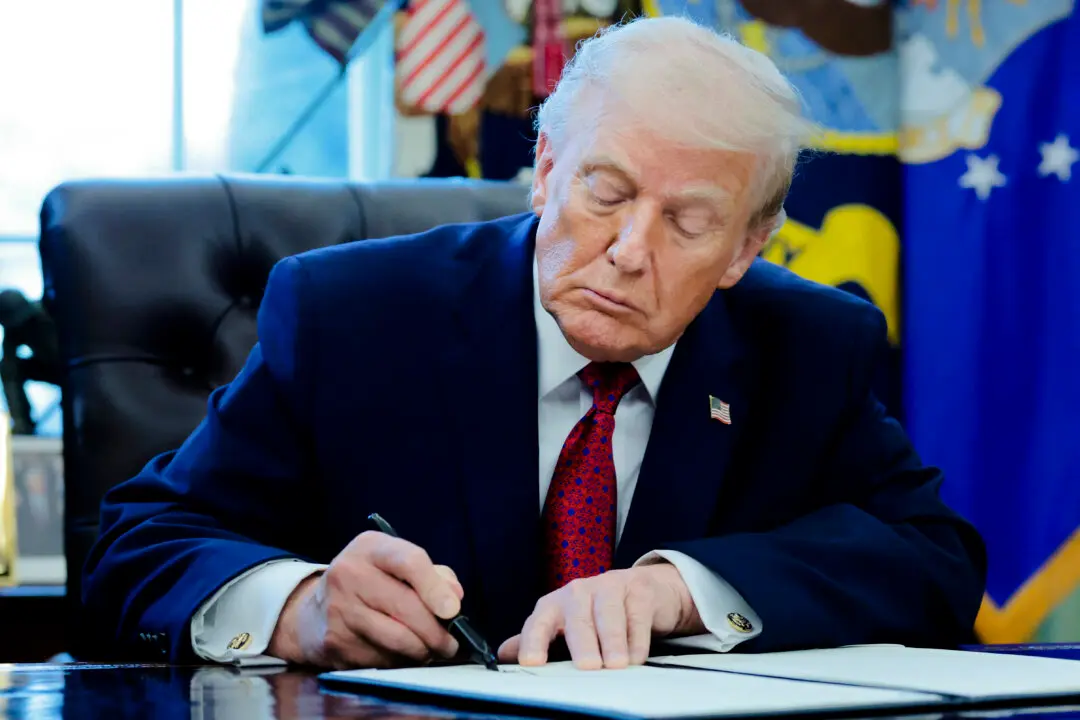The U.S. Army issued new, more specific guidance on June 26 to address extremism within its ranks and ensure disciplinary action against those who engage with or promote extremist views.
Army Secretary Christine Wormuth signed off on a pair of memos, published on June 26, that refine how the service will handle protests and extremist or gang activity within the ranks and report suspected prohibited behavior. One memo is a directive for “Handling Protest, Extremist, and Criminal Gang Activities“ and the other is a directive for ”Reporting Prohibited Activities.”





